Plant Problems
Do your garden grown tomatoes have some issues this time of year ? Tomatoes can come down dupe to many common issues , so understanding what can impact your harvest time is critical . In this clause , gardening expert and tomato partisan Merideth Cohrs walks through the most coarse job that gardeners experience with their tomato plant plants .
capacity
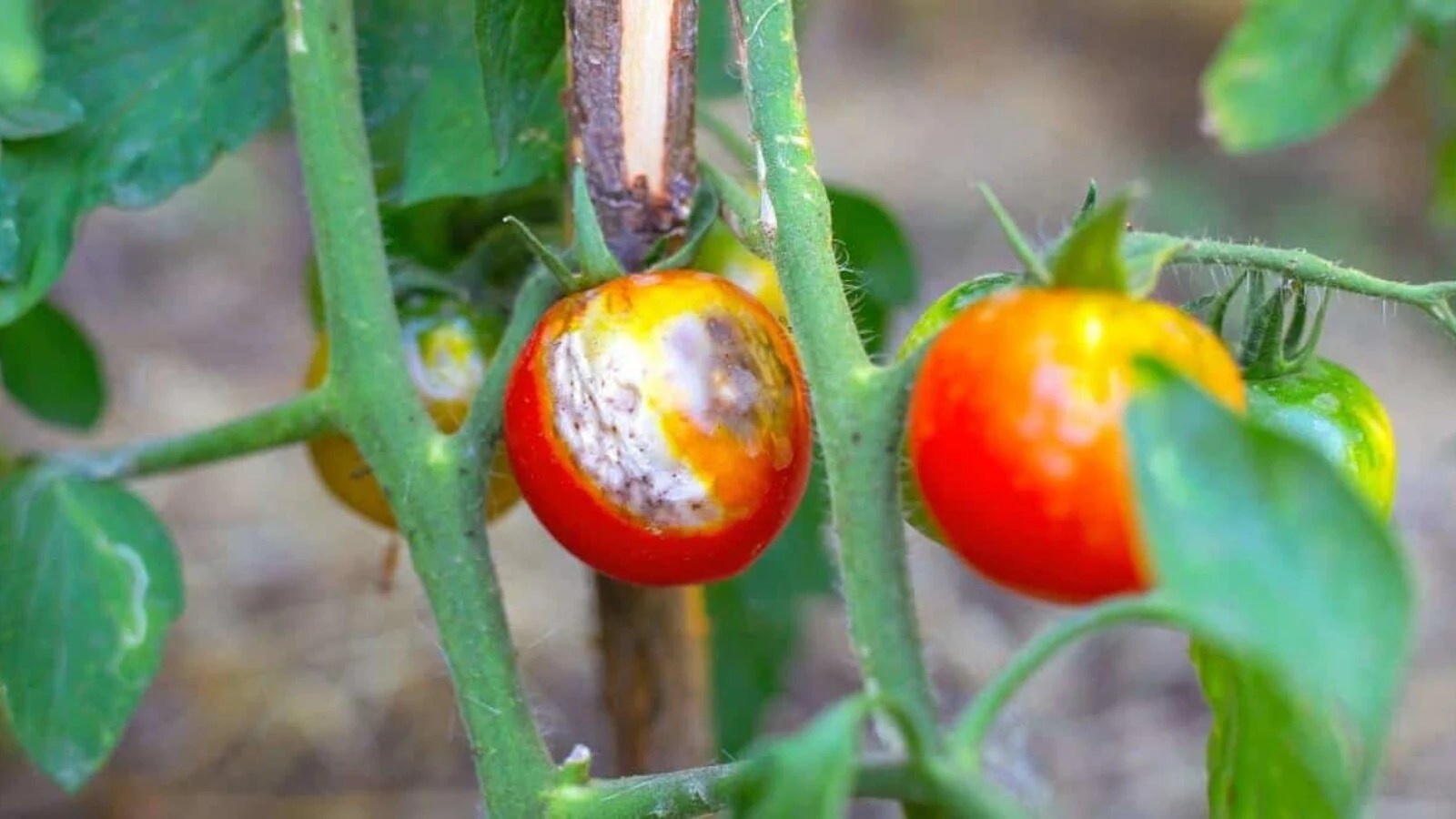
grow tomatoes is one of the reliable joys of summer . In the United States , love apple are one of the most coarse crop for the home gardener and it’snot severe to see why ! Home grown tomatoes can be used in a form of unlike way , and ply the taste you ’ll never get from a grocery fund .
Whileincredibly democratic to grow , tomatoes are also one of the more ‘ fussy ’ vegetables around . Many , if not most , gardeners will meet problems with their love apple in any given season . Some issues are relatively benign or cosmetic , while others present a real risk to the health of the plant life and your potential yield .
allow ’s take a look at themost common issuesyou are likely to add up across this season . We ’ll search at trouble with the works , the fruit itself , andcommon tomato diseasesto watch out for . Once you ’ve identified the outcome you ’re look at with , we ’ll show you how to correct it and hopefully prevent it from fall out again .

Broken Branches
Seeing broken stems or branches on your tomato plant can be devastating . This has materialise to me on more than one occasion afterstrong violent storm pull through our area . What you ’ll see is a branch or hardening of subdivision snapped off at a sure point .
I once had an intact tomato plant ( establish in a containerthat weighed close to 50lbs ) get pink over because the trellised works acted like a sail in heavy wind . Thankfully , that plant was ok , but it was a fiddling nerve wracking !
Unfortunately , there is n’t anything you may do for branches that have already broken off . But you’re able to take steps to check the rest of the industrial plant ( and succeeding tomatoes ) are secure .

Broken branchescan be triggered by a few thingsbut all stem from a deficiency of right supporting . If atomato is trellised properly – either in a punishing - tariff cage or trellis system – it should be able to withstand heavy wind and the exercising weight of dense fruit . If you ’re using a flimsy tomato plant batting cage ( or one that is too diminished for your flora ) , you ’re at increased risk of losing branches .
If you ’re fairly fresh to grow tomatoes , check off out our article on trellis Lycopersicon esculentum . You ’ll learn the correct way of supporting your plants no matter how vainglorious they grow . This will ensure that the plant is support in such a way that it can withstand environmental factor and the weight of heavy fruited branches .
Blossom Drop
Blossom drop is a mutual exit that causes thwarting for many nurseryman . We are always so frantic to see the first prime on our tomato flora . But what happens if thoseflowers simply drop off off the plantrather than make yield ?
While this can seem to happen at random , there is always a reason for blossom drop and a fashion to touch on the problem from repeating .
Temperature fluctuations , poor pollination , discrepant lacrimation , undue humidness , excessive nitrogen , pests , and disease can all impact blossom free fall . The common broker here is stress . When your tomato plant plant experiences too much stress while flowering , it will drop flowers to save energy and recover .
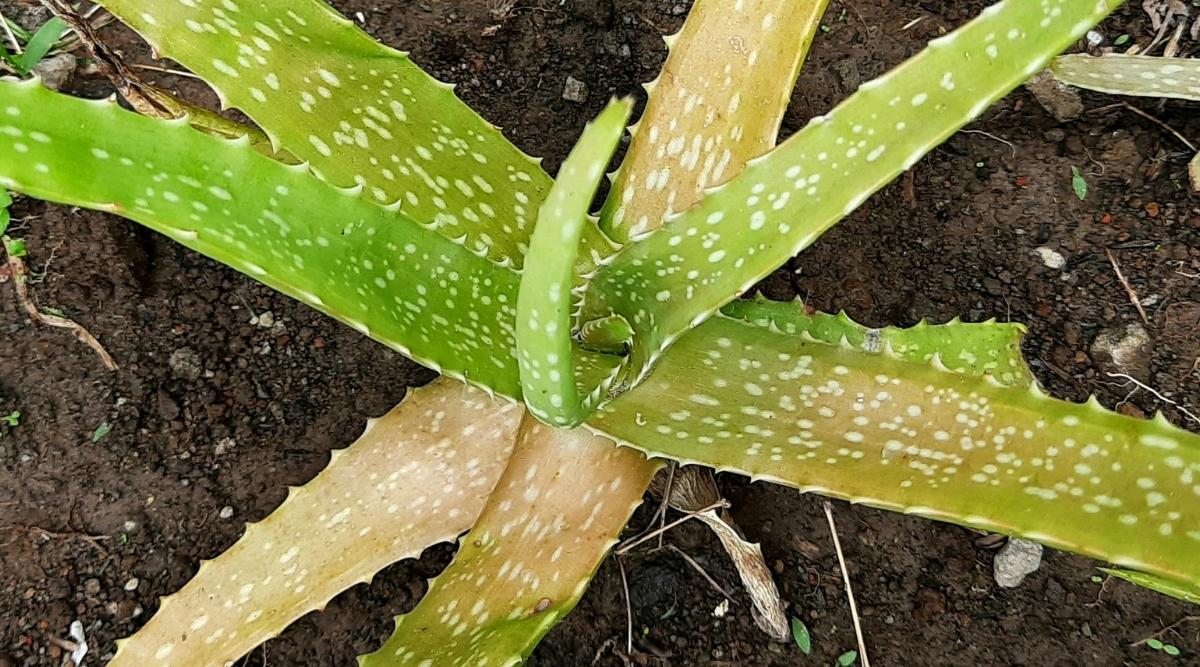
Learning the right way to plant , grow , and care for your tomatoes will go a long way in preventing this problem from ever happening . While we ca n’t control the weather condition , we can certainly ensure weprovide our tomatoes with coherent lacrimation , proper fecundation , and everyday pest / disease direction .
Yellowing Leaves
When a plant life ’s vibrant green leaves begin to yellow , it is often an early warn index number of a larger job . The right news is that most causes of yellow folio areeasily fixed and preventable . When leaves start turn yellow , they will often fade to blackor shades of Brown University which will indicate the problem has advanced more in earnest .
Yellowing tomato plant leavescan be triggered by quite a few problems include under- or overwatering , transplant shock , filth densification , alimentary deficiency , pestilence , or disease . For most of these issues , you may unsex the problemonce you ’ve identified it and help abide your plant right throughout the remainder of the growing time of year .
Fixing or prevent yellowing leaves will depend on the root lawsuit . alas there are many different causes that will cause your Lycopersicon esculentum leaves to yellow . The honest news is that most of them are preventable .

Leaf Curl
Leaf curl or leaf roll is another plebeian Lycopersicon esculentum problem you are probable to run into . This experimental condition worries many new Gardner , but take essence in the knowledge that there is usuallyno drive for alert .
Mostcauses of tomato foliage curlare stress related . Over- or underwatering , environmental accent , extravagant pruning , organ transplant shock , inordinate pest photo , and alimental unbalance can all make this stress response in your tomatoes .
While these are all relatively well-heeled to unsex and prevent , there are some causes that are more prejudicial to your plant . disease like the curly top computer virus and tomato yellow folio curlcan both be deadly to your tomato plant .
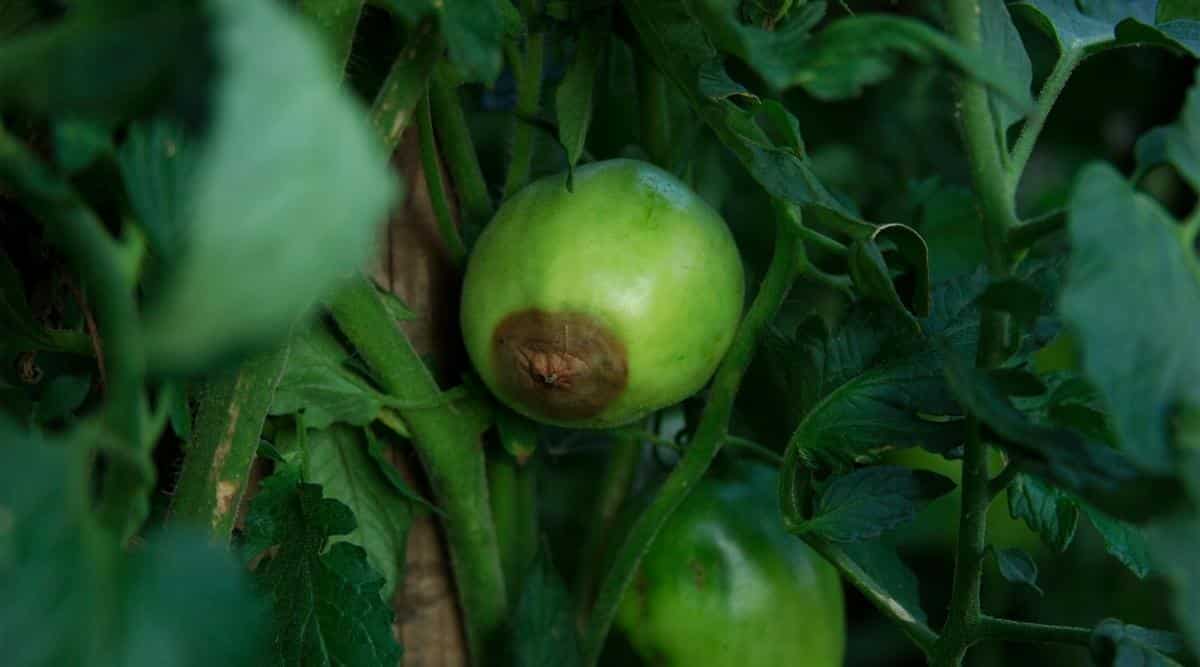
And exposure to certain weed killer either through impetus or direct lotion can also be quite prejudicial . Due to the huge difference of opinion in severeness , it ’s important to be sure of the cause of your tomato curl before take military action to make the job .
Just like with yellowing leave-taking , the jam or bar tip will depend on the base cause . There are also multiple reasons for folio curl , and both handling and prevention will reckon on the root cause .
Blossom End Rot
heyday last guff is a condition that induce the fruit of Lycopersicon esculentum plants to turn chocolate-brown and rot from the bottom . This happen when the flora isunable to bestow up enough calcium through the roots , get the plant to become deficient in that micronutrient . It ’s really upsetting when you see this happen in your Lycopersicon esculentum plants because the unnatural tomatoes are a entire departure .
Calcium deficiency is primarilycaused by one of three things : uneven watering , calcium deficiency in the soil , or the pH is too downhearted ( tomatoes choose a slimly acidic surroundings around 6.5 ) . Any one or a combining of these can cause this issue .
To doctor problem with blossom end bunk , you really need to know what ’s causing it . Start by focusing on consistent watering habits and find that goldilocks aster amount of “ not too much and not too little ” . Pick off the affected fruit and see if the problem rectifies itself . If not , go ahead and test your grime for calcium deficiency or a pH instability .

Cracking Fruit
Cracking yield is in all likelihood an incredibly coarse issue we see with tomatoes . What happens is thatripe fruit can dissever – sometimes at the top and sometimes down the side . Some heirloom varieties are especially prone to this since the skins are naturally thinner .
Oftentimes , insects and birds will expend this chance to dive in and feed the fruit . If you see yield start to crack , harvest it immediately .
rainfall isusually the culprit here . As the plant acquire up water rapidly after a heavy rainfall , the fruit can swell , causing some to crock up .

One of the good ways of preventing roughened fruit is to harvest your tomatoes before they ’re fully ripe . Once tomato plant start to blush , they will continue to ripen off the vine and be just as delicious and dulcet . If you want to keep the yield on the vine for as long as possible , be sure to glean tomatoes that are close to advanced before any major rainfall .
Consistent watering habit will also facilitate forbid cracked fruit . The plant wo n’t force up as much water after a pelting if it has been well water all time of year .
Sunscald
You ’ll get it on you’redealing with sunscaldwhen your ripe tomatoes are present with big yellow or white patches that shape on the side of the fruit that face the sun . cerebrate of this as your Lycopersicon esculentum getting a spoilt sunburn !
Sunscald is a result of the Lycopersicon esculentum fruithaving too much link with direct sun . This commonly is a result of over pruning your tomato plant , which move out foliage that would normally shade the fruit .
Properlypruning your tomato plantwill go a foresightful way toward preventing this trouble . You always need to leave enough leafage and branches so yield is adequately shade from too much direct sun .
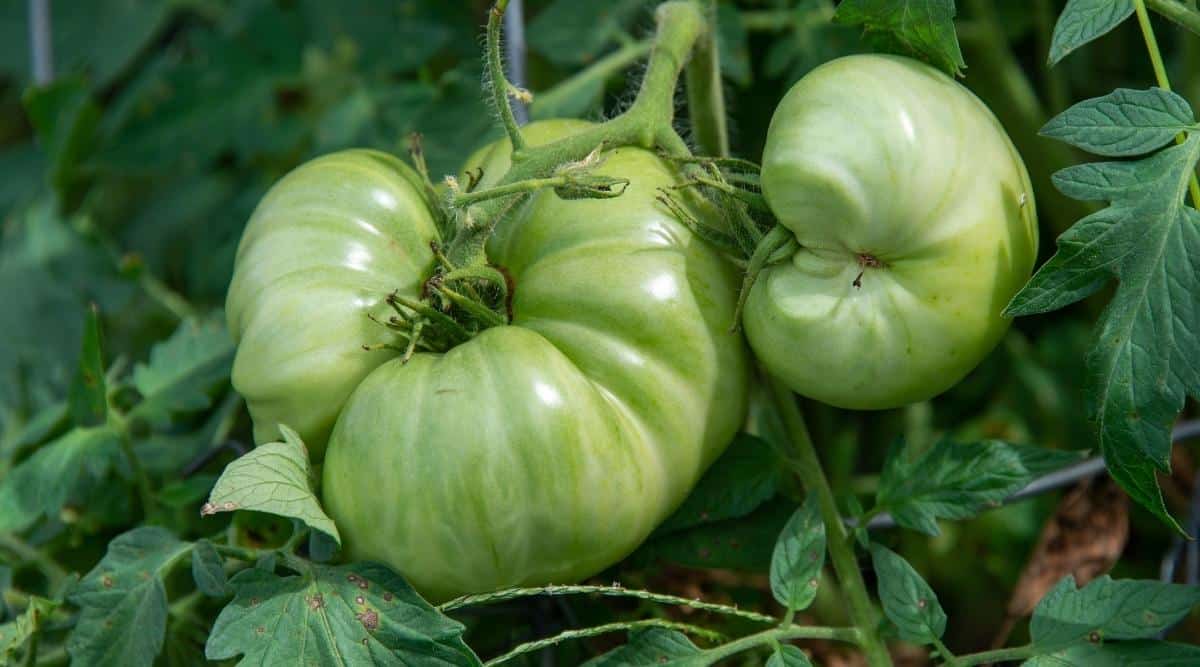
Catfacing
Catfacing is a physiologic problem that make tomato plant fruits bet malformed . This job is more ordinarily institute in large - fruited varieties . yield appear heavily misshapenand persona may ‘ scab over ’ creating an ugly chocolate-brown rough eyepatch on the deformed part of the yield .
The good news program is that the disfigurement is strictly decorative and the yield will taste the same . If the look bothers you , just write out that portion off and compost .
Catfacing happens when plants are pollinated during coolheaded evening when temperature are below 55 degree . If flowers begin pollenate before the blooms drop off ( due to cold temperatures ) , they can stick to the developing tomato .

This is whatcreates the stumblebum and deformitiestypical of the job . It can also happen when a plant is exposed to man made commercial-grade pesticides .
The in effect way to prevent catfacing is to wait and plant your tomato until nighttime temperature are consistently above 60 degrees . If you live in a nerveless mood where temperature are more variable in the summer , seek append a stratum of black plastic to your garden .
Spreading this along the soil line can assist soil retain oestrus even on cool nights . This is commonly done with early bounce planting as well .

Zippering
love apple zippering is not often talked about , but it ’s quite vulgar . The good news is that on the farsighted list of Lycopersicon esculentum problems , this one is purely ornamental andwon’t impact the overall wellness of the plantor taste of the fruit .
The name says it all here … zip - like lesions will appear on the skin of the fruit – often right in the center . The offspring unremarkably only affects a few tomato rather than an entire band .
trouble with zippering start when the fruit is first developing , which makes this a unmanageable government issue to espy until you see the lesions on full formed yield .
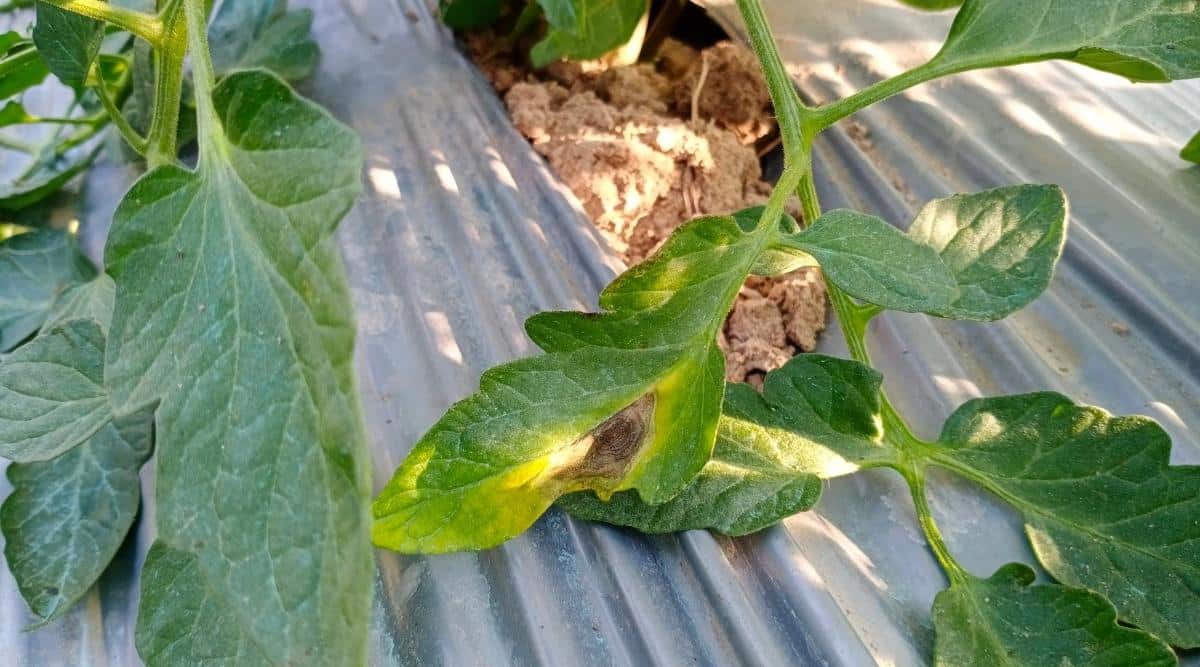
During periods of high humidity ( and sometimes during abrupt teddy to cooler atmospheric condition ) , the anther – the end part of the stamen – becomes stuck to the side of the develop fruit . As the fruit grows , this extends into thelong cicatrix that looks just like a zipper .
Unfortunately , little is known about why this go on to some tomatoes and not to others . Maintaining adept airflow around your Lycopersicon esculentum can aid quite a bit with concerns around humidity . And if you have crushed orbit in your garden where cooler aviation settles , you may require to avoid planting your tomatoes there .
Poor Fruit Set
There is nothing more frustrating than seeing a plant with a lot of flowers andvery little yield . Well , perhaps if the fruit you are seeing is belittled than you would expect and not very flavourful .
Poor yield setismost often triggered by excessive nitrogenin the soil . Nitrogen is just one of 3 macronutrients your tomatoes need to thrive . Here ’s a little beguiler canvass of what is discover in love apple plant food :
As you could see , too much nitrogen in the recent stage of the plant ’s development will cause it to focus all its vigor on foliation product rather than flowers and fruit .

Another potential cause is that your plant are too skinny together . tomato plant are self - pollinating and need wind to move pollen between flowers . If yourtomato spacingprevents adequate airflow , this could be your problem .
If you conceive nutrient are the problem , shift immediately to a fertilizer that is with child in atomic number 15 and K . For future plantings , know that a balanced ( 10 - 10 - 10 ) slow - release plant food is a great choice to add upon planting .
Once your plant set its first flower , begin to supply a fertilizer nigher to a 5 - 10 - 10 every two to three week . This will help the plant life bring about more flowers and lead its energy into turning those flowers into fruit .

If you call up the upshot is spacing , you ’ll need to help out your industrial plant with pollenation . pass it a gentle tremble a few times a day will help move pollen around .
Early Blight
Although more or less problematic to make do with , blight is luckily easy to identify . Pale yellow blot will come along on the lowest leaf of your plant , turning into anecrotic dark brown patch with yellowat the edge . It attend a spot like a bull ’s eye . Leaves will eventually bend 100 % yellow and flow off . Sometimes , the spots will occur on the stem and make leaf to speedily light off . This disease moves up the works from the soil .
former blight is make by afungus in the soil called Alternaria solani . If you expect this disease is your problem , design to completely replace the contaminated soil before your next planting .
Some tomato variety are resistant to disease like early blight . If you have been plagued by this disease in the past , suppose about choosing those varieties for future plantings .
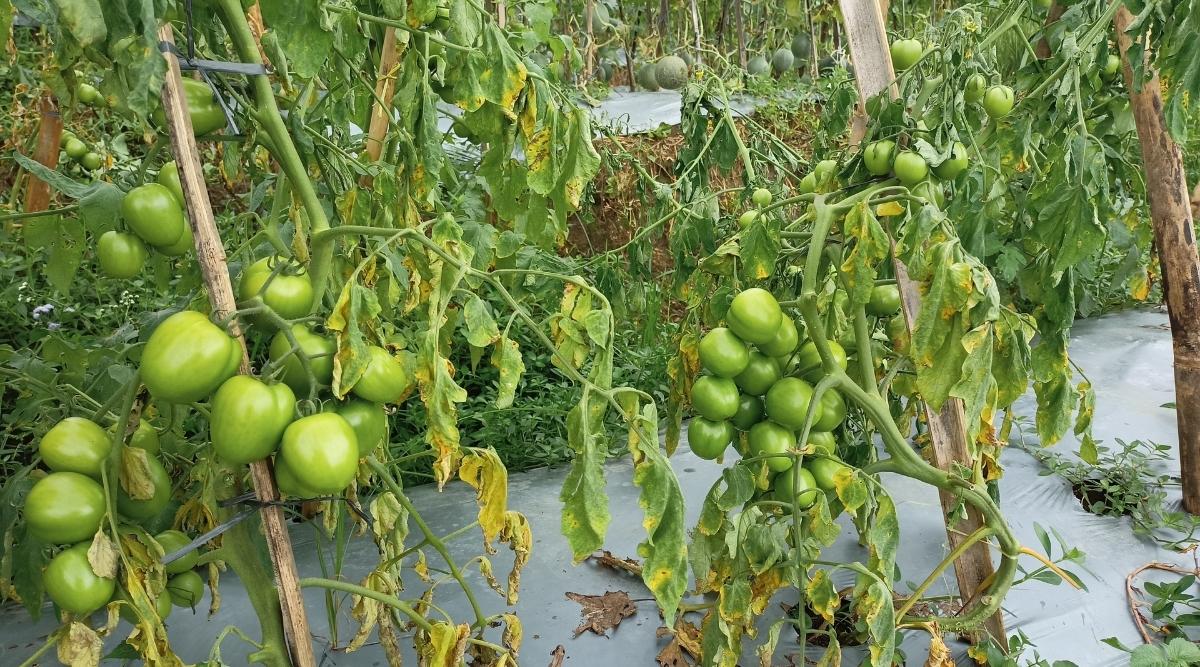
For your current plant , wholly remove pathological leaves and stem . Do NOT compost them or you will spread the disease to all your other plant . you could care for the industrial plant with an constitutive fungicide .
Powdery Mildew
Powdery mildew looks just like it sounds – a whitish dustthat settle on the leaves of a plant . It almost look like a bunch of pollen scatter there or your child sprinkled flour on the industrial plant . As the disease come on , however , that dusting will turn into larger white blotches , fuzzy stems , and idle leaves .
The disease can becaused by a few different fungi in the soilincluding Podospaera xanthii , Erysiphe cichoracearum , and Sphaerotheca fuliginea . Regardless of the particular strain of fungus kingdom , the symptoms are similar and typically take grip during mid- to previous summertime . This disease enjoy temperature fluctuation between hot and ironic to moist and humid .
set up this problem is passably simple . transfer the moved leaves and throw them forth ( do not compost ) . you’re able to also pass over dilute neem crude over nearby folio surfaces to slow the spread and prevent extra transmission .

Prevention is always the good wager moving forrard . Powdery mildew has a arduous time taking clutch in plants that have good air travel circulation . So , proper pruning and spacing of your tomato plants will go a recollective agency in ensuring their protective covering from this disease .
But the salutary preventive method is to water your tomato plants from the groundwork and not the leaf . Powdery mould spreads from the soil when pee splash it up to the undersurface of leaves . souse hosepipe or a dripping organization are great options for watering that will prevent this problem .
Septoria Leaf Spot
Septoria leaf smear is another fungal disease that look a scrap like blight in the former years . Brown spots will appear on the humbled parting and will eventuallyspread to the stems . As it gets worse , the disease causes spots to grow into big brown area on the leaves . When left unchecked , leaves will sprain completely yellow , then brown , then fall off and die .
because of thefungus Septoria lycopersici , it is most vulgar in areas that have extended pissed time period or mostly humid weather .
Fusarium Wilt
Another coarse soil based disease , Fusarium wiltinfects the Lycopersicon esculentum plant ’s stem , preventing the transit of water and essential nutrients to the sleep of the industrial plant . The disease is very problematic , but seldom kills the host . In add-on to the yellowing leave , you will notice a failure to flourish , pathetic growth , general wiltyness , and poor ( if any ) yield production .
Fusarium wilt disease iscaused by a fungus called Fusarium oxysporum , which can be found in affected soil .
Because many gardeners ca n’t easily identify fusarium wilt , they continue seek to come to the plant with weewee and fertiliser with no success . unluckily there is no cure for this disease .
If you run into fusarium wilting , there is nothing you’re able to do to save the plant . cut back your losses and take away the plant immediately . There is no curative , and the disease can spread to other plants in your garden if left unchecked . Be careful not to let your affected plant life bear on others in your garden as you remove them . Do not compost .
Verticillium Wilt
Verticillium wilt is most unremarkably seen in cooler Northeast garden . Like early blight and Septoria leaf spot , sensationalistic patch start to show upon the low-spirited foliage and come along tobrown spots , and curl dead leaves .
Verticillium wilting is because of a soil - acquit fungus hollo Verticillium albo - atrum . Depending on your geographic climate , you may or may not see this do up in your garden .
Like fusarium wilt disease , there isno saving a industrial plant affected by verticillium wilt . Remove the plant immediately , adopt care to not let it touch other plants in your garden . Do not compost . Keeping your garden free of dust can help limit many bacterial disease .
Final Thoughts
While this leaning is n’t comprehensive and does n’t touch on issuance specific to pests , I hope you have a good understanding of anyproblems that may be regard your tomatoesthis season . The great news is that , in the vast majority of cases , once you ’ve discover the issue , the correction and prevention measuring are fair easy to set in motion .